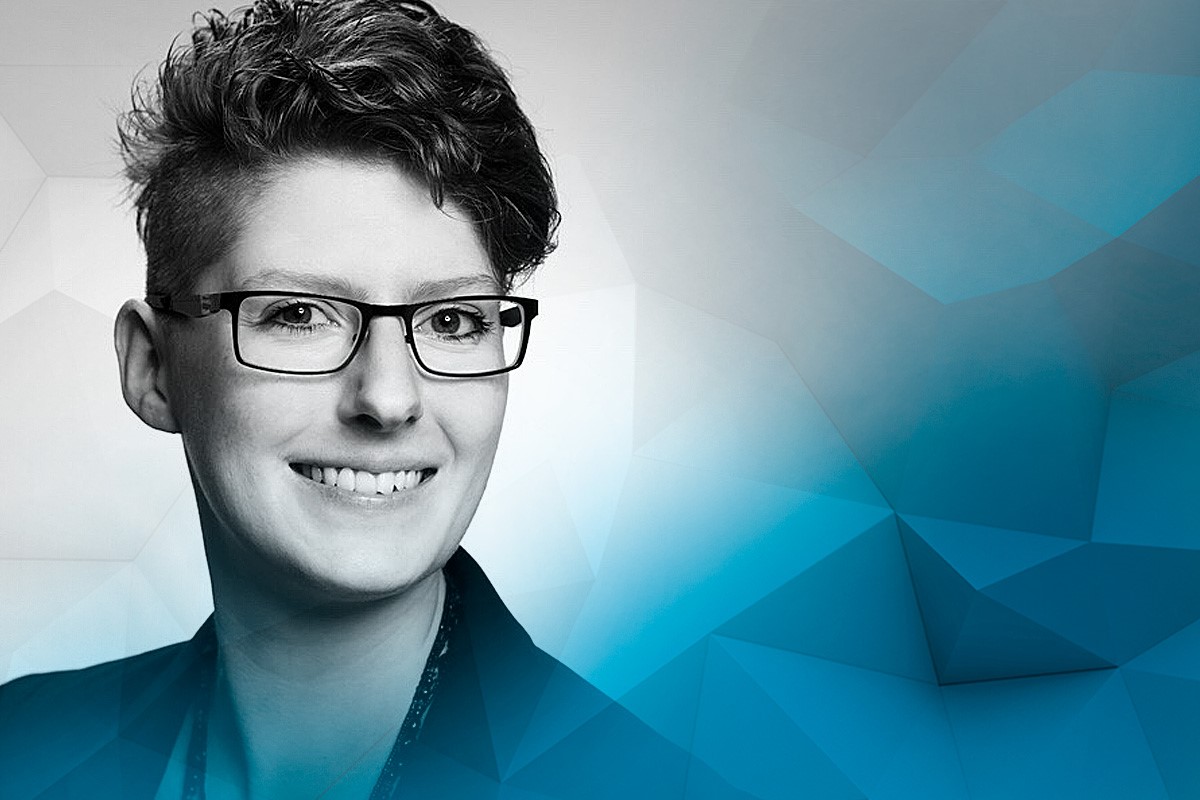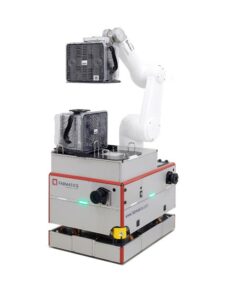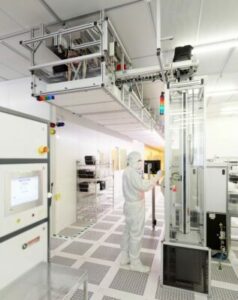Fully-automated Fabmatics – right through to technical writing with SCHEMA ST4
A robot arm precisely grips a component; a driverless mobile robot brings a product to its destination, where it is accurately sorted in a warehouse system – and all fully automatically. Welcome to the world of Fabmatics GmbH, a global specialist for the automation of material flows and processes in high-tech production cleanroom environments.

The material being handled is silicon wafers. Various process steps transform these wafers into microchips, which are used in applications such as smartphones and cars. The medium-sized company, with its headquarters in Dresden, supports its customers by ensuring that the various aspects of product application, such as material identification, storage, transport or handling, merge seamlessly together. Meanwhile, technical writing is also seamlessly intertwined, with SCHEMA ST4 now being used as a high-performance component content management system (CCMS). Today, Fabmatics is giving us a brief insight into the implementation of this CMS and what has happened since.
The photograph shows an area in a factory. On the right is a lift, in which the material is placed, and above is a ceiling storage system, in which material is stored to save valuable space in the factory. Below the ceiling, the cleanroom air is as clean as it can possibly be, providing yet another advantage. The material (here, the silicon wafers) must not become contaminated, as this would render them defective and thus no longer suitable for use (= high costs).
Best conditions
When Dorothea Kirstein, technical writer, moved to work for her new employer, Fabmatics, she brought a lot of experience in SCHEMA ST4 from her previous job and has since come to appreciate working with the system. At Fabmatics, she established a centralised technical writing setup which, at the time, was implemented by the relevant technical departments using conventional Office software; manuals were thus managed as individual documents. Once she had become more familiar with the company’s variety of products, Ms Kirstein soon realised that Fabmatics had the ideal conditions for working with a cutting-edge component content management system:
- The product range includes various basic solutions on which variants and customised models are based, such as robot cells or mobile systems, each with their own various add-on modules and configurations. As a result, there is also potential for the documentation to incorporate systematic working methods with modular text components. In the relevant context, these can be linked and re-used for each corresponding variant. So there is no need for individual content to be managed separately and repeatedly in individual documents; content just needs to be stored centrally in the CMS. Updates appear automatically in all linked documents.
- Between the various product variants, there are also connections and relationships that can be depicted in ST4 using taxonomies. These taxonomies support technical writers with the automatic assignment of content to documents.
- Content for the documentation needs to be provided in various languages: German is the source language at Fabmatics. Content is translated into English, with some product information also being translated into Japanese and French. Integrated translation management also provides a system for language management here.
- The translated content should also be re-used, dispensing with the need for multiple translations and thus saving costs.
- Document version control is effected directly with the relevant functionality of the content management system.
Good start
These advantages have also impressed the management at Fabmatics, enabling Ms Kirstein to implement ST4. She developed her own concept for this that is tailored to suit the company’s demands and requirements. She was also able to convince her colleagues of the benefits of this concept, such that the system was installed.
Within the first two years of Ms Kirstein joining Fabmatics, the number of people employed by the company has also increased by some 25%, bringing the total workforce to 200. This also means more people are in contact with technical writers, which can nevertheless be managed efficiently with a central content management system. Everyone thus follows a standard procedure, which leads to the desired result.
Fabmatics is also working on making the most of another of the system’s advantages: because content management in a CCMS structure is media-neutral, various formats can be generated from it at the touch of a button. Fabmatics products are frequently used in cleanrooms. Printed machine documentation would therefore need to be provided on expensive special paper in order to satisfy the relevant requirements for use in these environments. Fabmatics is thinking about a digital way forward, using tablets for accessing documentation. Amendments could also be accessed from the tablet – directly, quickly and inexpensively.
Positive prospects
The technical writing team at Fabmatics currently consists of Ms Kirstein and two other technical writers. One of them is still working on documents that are not managed using SCHEMA ST4; the other two, including Ms Kirstein, are using ST4. Although the technical writers are few in number, their experience shows that implementing a content management system brings a number of benefits, even to the smallest of teams.
Technical writing in the current transition phase continues to include work on some documents being performed using existing Office software, alongside SCHEMA ST4. However, the medium-term aim is for all customer documentation content to be managed in ST4 and for all documents to be generated from the system. Fabmatics is already making good progress, as the experts for smooth, automated processes have already realised that this approach means both increased efficiency and consistently high quality for their technical writing processes.

